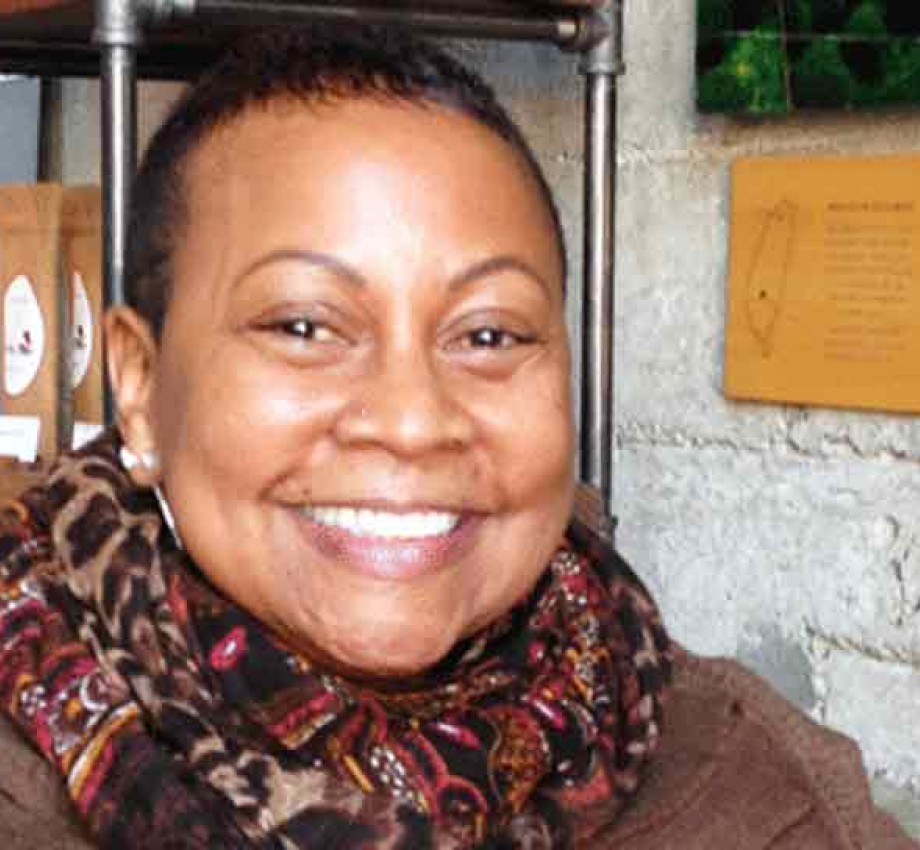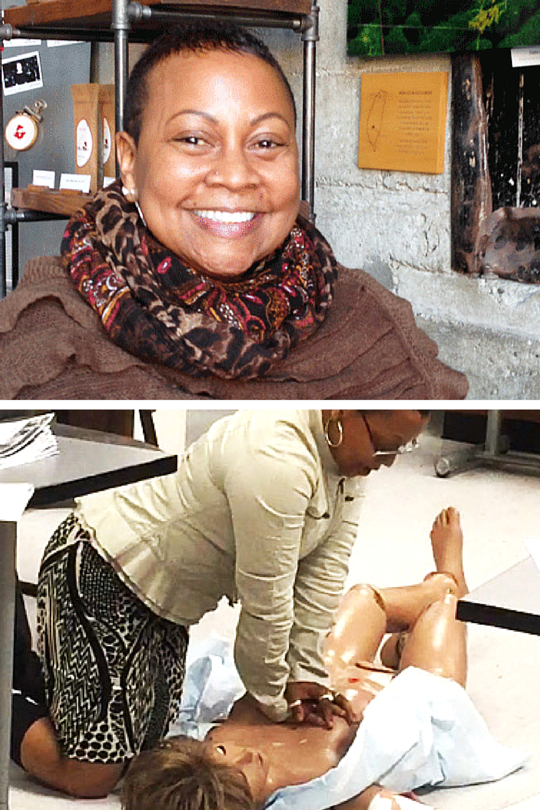
As the market shifts toward skill-centered jobs, calls for prioritizing career and technical education (CTE) increase. CTE focuses on cultivating our nation’s workforce, equipping students with skills aligned directly with industry and trade. For each educator in this important field, the State of California mandates that you obtain a teaching credential and complete a teacher preparation program. As an approved program sponsor, UC Berkeley Extension’s Designated Subjects Career Technical Education Teaching Credential (DSCTE) is accredited by the state of California Commission on Teacher Credentialing.

Connecting Career to the Classroom
From her days as a premed undergrad, to serving as a law clerk, DSCTE graduate Kenyetta Haynes has always made teaching a part of her life, including making time to volunteer as a tutor and mentor at her local elementary and high schools. Professionally, Haynes eventually landed her dream job working as an Emergency Medical Technician (EMT). She describes the experience excitedly: “Once you’re on that ambulance, there is absolutely nothing like it. You get a firsthand look at people's lives; you see people at their best and at their worst. It is challenging—a lot of critical thinking—and you have to work well with different types of people and personalities, just like teaching.”
Wanting to share her practical experience with aspiring EMTs and health professions students, Haynes naturally turned to teaching. This career change meant getting her CTE credential, which gave her the opportunity to prepare for the classroom and formalize her skills.
An essential preparation for new teachers is building confidence through practice, a theme that has recurred throughout Haynes’ career. “As an EMT, you have to be able to project confidence not only to provide competent medical care but to have that patient trust you,” she explains. “Patients, like my students, can see through you immediately. Figuring out students and how they think and building a trust dynamic are important as an educator.”
While taking courses to fulfill the credential requirements, Haynes began to boost her teaching confidence. “Once I started working as a teacher, I had two to three classes behind me. I knew how to do a lesson plan, I knew about curriculum design, and I had begun to understand how students work and what their needs were, which became more apparent as the semester went on.”
Creating a Professional Portfolio, Gaining Necessary Support
An integral part—and the culmination—of the DSCTE credential is the portfolio course. Says Haynes, “During Advanced Portfolio, you put together everything you’ve learned: finalized lesson plans specific for the course, lesson plans from my own classes, résumé, instructor evaluations, class work, school safety plans, teaching philosophies, awards, student appreciation letters. I also liked putting together lesson plans and using [California Standards for the Teaching Profession] curriculum standards, showing how you can advance students from emerging to exploring thinkers using Bloom's Taxonomy.”
Now with credential in hand, Haynes is happy with the investment she made. “It was a lot of hard work; it challenged me in ways I never expected. It was a personal challenge and quite humbling, to be honest. I was doing something good for my students, giving them knowledge to take with them and pushing them to be better. On the same token, my fellow students and DSCTE instructors have inspired me to become a better educator. It is a win-win in my book. Having the credential put me in the classroom.”
Learn More
What sets UC Berkeley Extension education programs apart from the rest? Read the first installment in our series on the practical exposure provided through Extension Education programs.